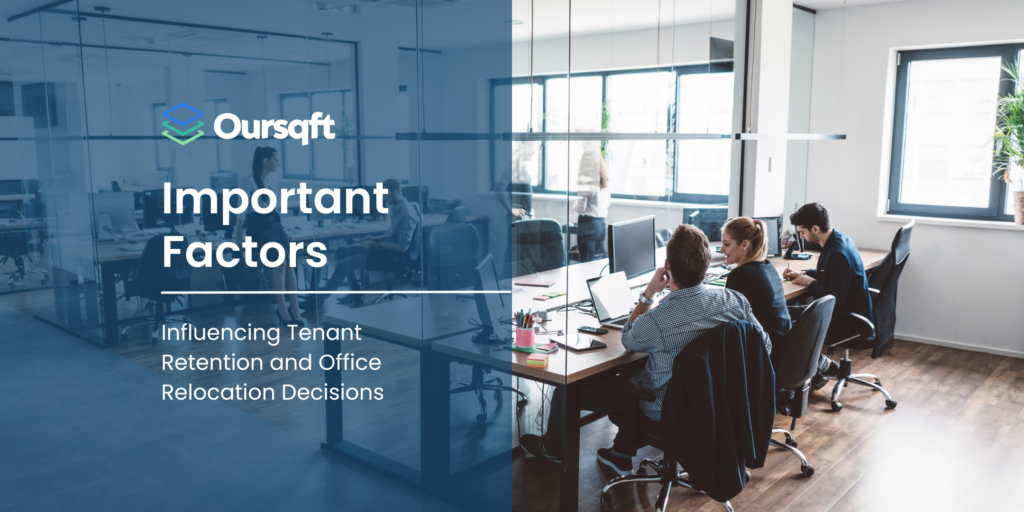The average time a tenant stays in an office space can vary widely depending on several factors such as lease terms, market conditions, and the tenant’s business needs. Generally, most office tenants remain in their space for about 3 to 5 years, though this can extend to 10 years or more for larger corporations with stable operations. However, there are many reasons why tenants either choose to stay or move to a new location. Understanding these factors can help both tenants and landlords anticipate needs and make strategic decisions.
Lease Terms and Flexibility
One of the biggest determinants of how long a tenant stays in an office space is the length of the lease itself. Commercial leases often span between 3 and 10 years, with longer leases typically offering more favorable rates. Tenants who are confident in the long-term stability of their business often opt for longer leases to secure lower rent prices and avoid frequent relocation costs. Conversely, businesses in a growth phase or those uncertain about their future tend to prefer shorter leases or leases with flexibility, such as early termination clauses or renewal options.
Flexibility within the lease is a key factor for tenants who are rapidly expanding or whose needs might change in the future. Many tenants will prefer to stay in their current location if the lease allows for adjustments in square footage or other modifications as their business evolves. However, rigid lease terms with little room for negotiation or adaptation may push a tenant to seek a more flexible arrangement elsewhere when their current lease expires.
Location and Accessibility
The location of the office is often a critical factor in whether tenants stay or move. A desirable location can help attract and retain employees, provide easy access for clients, and increase brand visibility. Areas that are well-connected by public transportation, close to amenities like restaurants and shopping, and situated in business hubs are typically favored by tenants. However, as certain neighborhoods become more expensive or overcrowded, businesses may be forced to relocate to more affordable or less congested areas.
Changes in the surrounding area can also influence a tenant’s decision to move. For example, if a neighborhood undergoes significant development, resulting in increased traffic, noise, or higher living costs, it may negatively impact the work environment for employees, prompting businesses to look for a quieter or more cost-effective location.
Cost and Rent Increases
Unsurprisingly, cost is one of the primary reasons tenants decide to move. While a tenant might sign a lease at a favorable rate initially, rent increases over time can make staying in the same space unsustainable. Rent hikes, often tied to inflation or market demand, can push tenants to seek more affordable options. Small businesses, in particular, are vulnerable to significant rent increases and may find it financially necessary to downsize or move to a different neighborhood.
In some cases, landlords offer incentives for tenants to stay, such as rent reductions, lease extensions at lower rates, or building improvements. However, if the cost of staying significantly outweighs the benefits, even longstanding tenants will often seek a new space with a more manageable price tag.
Office Size and Layout
Another major factor that determines whether a tenant stays or moves is the size and layout of the office space. As businesses grow or shrink, their spatial needs change. A rapidly expanding company may outgrow its current office, requiring additional square footage to accommodate new employees, equipment, or departments. On the other hand, businesses that downsize might find themselves paying for unused space, leading them to relocate to a smaller office with lower rent.
The layout and functionality of the office also play a critical role. Many companies today are adopting open floor plans, collaborative spaces, and modern office designs that promote productivity and creativity. Older office buildings with outdated layouts may not suit the evolving needs of tenants, prompting them to look for newer, more functional spaces. Alternatively, if the current office can be renovated to meet modern demands without requiring a move, tenants are more likely to stay.
Building Amenities and Infrastructure
In the current era, office amenities are more important than ever. Tenants are increasingly looking for office spaces that offer more than just square footage. Amenities like conference rooms, high-speed internet, fitness centers, on-site dining, parking, and other perks can make a significant difference in tenant satisfaction. Buildings that provide these amenities are likely to have higher tenant retention rates, as moving to a new location may mean giving up these conveniences or facing higher costs to replicate them elsewhere.
Additionally, the infrastructure of the building is crucial, particularly for businesses that rely on technology. A modern office equipped with reliable internet, power systems, and sustainable features like energy-efficient heating and cooling systems can greatly influence a tenant’s decision to stay. On the flip side, if the building infrastructure is outdated or regularly experiences issues, tenants may begin to look for newer, better-equipped spaces.
Company Culture and Employee Satisfaction
The office environment directly impacts employee satisfaction, which in turn influences a company’s overall productivity and culture. If employees are happy with their commute, enjoy the surrounding amenities, and feel comfortable in the office, businesses are more likely to stay in their current location. On the other hand, if employees are unhappy with the office due to factors like poor layout, long commutes, or lack of nearby services, a business may feel pressure to relocate to improve employee morale.
In industries where talent acquisition and retention are critical, the office environment can serve as a recruiting tool. Modern, well-located offices that reflect a company’s values can attract top talent, while outdated or inconvenient locations might drive potential hires away. For businesses looking to foster a particular company culture, staying in an office that supports that culture is essential.
Conclusion
The decision for tenants to stay in or move out of an office space is influenced by a complex mix of factors, including lease terms, location, cost, office size, amenities, and employee satisfaction. While the average tenancy may last 3 to 5 years, businesses are constantly evaluating their needs and the market to determine if their current space still serves their goals. For landlords, understanding these factors can help in tenant retention efforts, while tenants should consider these elements carefully to make informed decisions that benefit their business both in the short and long term. Ultimately, staying or moving comes down to how well the office space aligns with the tenant’s evolving needs and budget.



